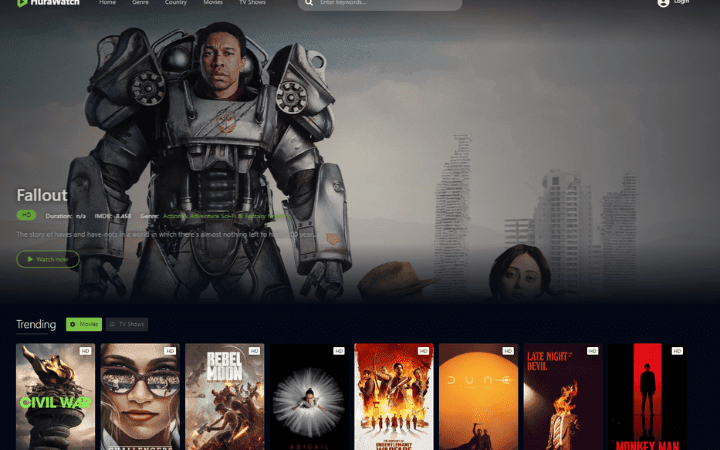Data Center In The Cloud Age

Where is the future of the Data Center? This is perhaps the question that most technology professionals have been asking over the last few years due to the advancement of Cloud Computing solutions. For some market analysts, several ventures have their days numbered precisely due to the migration to cloud solutions through IaaS, PaaS, and SaaS services.
On the other hand, some analysts guarantee that traditional data centers still have a lot of longevity. According to forecasts by Gartner, investments in Cloud Computing in the next three years will be greater than investments in IT in the traditional model. Most companies, except the smallest, will continue to have the Data Center on-premises or hosted in a third-party environment.
Data Center As A Service (DCAAS)
With the majority of IT services moving to IaaS providers, IT infrastructures are evolving from the traditional system, accommodated in just one location, to hybrid strategies, which link internal and external IT services that take advantage of the existence of the cloud.
A DCAAS provider is usually hired by a business that cannot expand its own data center. This can happen due to local power or cooling unavailability, limited physical space, capital shortage, lack of experienced IT staff, among other factors. Turning to a DCAAS provider, the company outsources a part (or all) of its data center to the Provider and remotely accesses these computing resources over the WAN.
What To Migrate To The Cloud?
Although the cloud environment presents itself as the ideal solution for any business, organizations need to identify which workloads should be migrated to the cloud and kept in their on-premises structure. Opting for this hybrid strategy allows you to make resources more flexible and bring several benefits such as availability, mobility, confidentiality, and reduced computational cost.
The best time to consider migrating to the cloud is when it comes time to upgrade solutions in production. At this point, it’s critical to consider the opportunity to move your workloads to the cloud. The first step is to identify which applications or workloads operate autonomously? Which ones have dependencies? A company’s website is an example of a standalone application easily transferred to the cloud. An internal CRM, for example, requires connectivity to the ERP system and other interdependent systems, so migrating this workload to the cloud would bring more risks in terms of latency and the probability of operational problems, which would require more significant planning. In assessing the real needs of change.
You also need to identify whether the workload is customer-facing or primarily Internet-accessible. In the case of the latter option, it is probably best to host this workload in the cloud to ensure that end-users get the most uptime, performance, and availability. Likewise, the cloud is also better suited for variable workloads.
It may seem obvious, but the organization’s expertise with governance and security in cloud applications should play an essential role in the migration relationship. If this is your organization’s first time working with a public cloud provider and their SLA security terms and conditions, you probably won’t start with a very critical application. On the other hand, an experienced team should have more confidence when migrating a more complex application and managing the relationship with the cloud provider.
What can we conclude? In this context, the essential thing is to analyze the structure of your business, mapping all the necessary resources to ensure more efficient and flexible management. Therefore, the market is adapting to hybrid infrastructures and not just delegating its business strategy to a single technology. It is not possible to determine that the Data Center will be discarded from the market with these new trends but that there will be a systematic process of new transformations that model a new data center concept.






